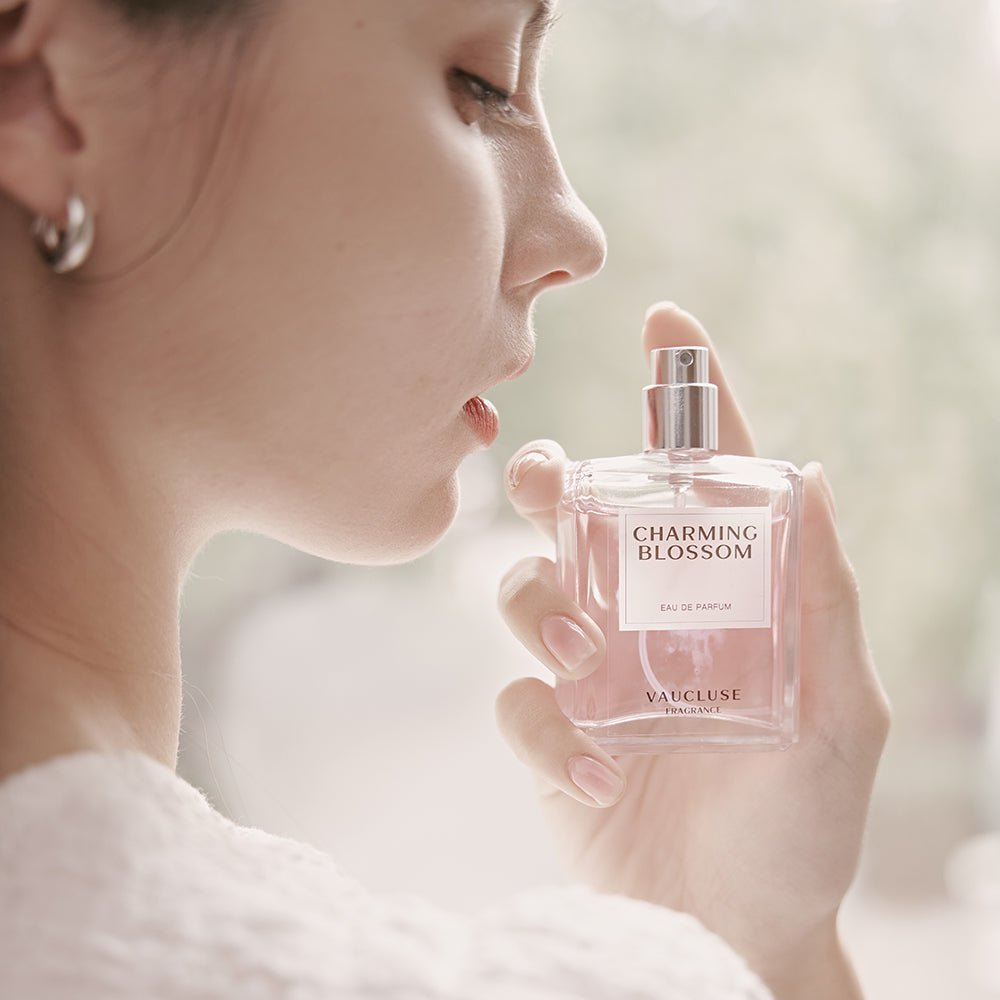Perfumes are an essential part of our daily lives. They are used to enhance our mood, evoke memories, and make us feel confident. But have you ever wondered how perfumes are made? What goes into creating a fragrance that is both unique and long-lasting? In this blog post, we will explore the intricacies of perfume design and the art of aromatic craftsmanship.
Perfume design is a complex process that involves a deep understanding of fragrance notes, raw materials, and the science of scent. A perfumer, also known as a “nose,” is a highly skilled professional who creates fragrances by blending different aromatic compounds. These compounds can be natural or synthetic and are carefully selected for their olfactory properties.
One of the most important factors in perfume design is the concentration of aromatic compounds. Perfumes are classified into different categories based on their concentration, with eau de parfum being one of the most popular. Eau de parfum has a higher concentration of aromatic compounds than eau de toilette, making it more long-lasting and intense. Luxury fragrances are often made with eau de parfum, as they are designed to be worn for special occasions and events.
The process of creating a perfume begins with the selection of fragrance notes. Fragrance notes are the individual scents that make up a perfume. They are classified into three categories: top notes, middle notes, and base notes. Top notes are the initial scents that are detected when a perfume is first applied. They are usually light and refreshing and include scents like citrus, bergamot, and lavender. Middle notes are the heart of the fragrance and include scents like jasmine, rose, and ylang-ylang. Base notes are the final scents that are detected and include scents like vanilla, musk, and sandalwood.
Once the fragrance notes have been selected, the perfumer begins the process of blending them together. This is where the art of aromatic craftsmanship comes into play. The perfumer must carefully balance the different fragrance notes to create a harmonious and well-rounded fragrance. They must also consider the longevity of the fragrance and ensure that it will last for an extended period of time.
Luxury fragrances are often made with rare and exotic ingredients. These ingredients are carefully sourced from around the world and are often very expensive. For example, oud, a popular ingredient in luxury fragrances, is derived from the agarwood tree and is one of the most expensive woods in the world. It has a rich, woody scent that is highly prized in the fragrance industry.
The creation of a perfume is a work of art that requires patience, skill, and creativity. It is a process that can take months or even years to complete. The perfumer must experiment with different combinations of fragrance notes and adjust the concentration of aromatic compounds until they achieve the desired scent. They must also consider the packaging and marketing of the perfume, as these factors can greatly influence its success.
In conclusion, perfume design is a complex and intricate process that requires a deep understanding of fragrance notes, raw materials, and the science of scent. Perfumers are highly skilled professionals who use their expertise to create unique and long-lasting fragrances. Luxury fragrances are often made with eau de parfum and rare and exotic ingredients, making them highly sought after by perfume enthusiasts. We hope this blog post has given you a better understanding of the art of aromatic craftsmanship and the world of perfume design.



